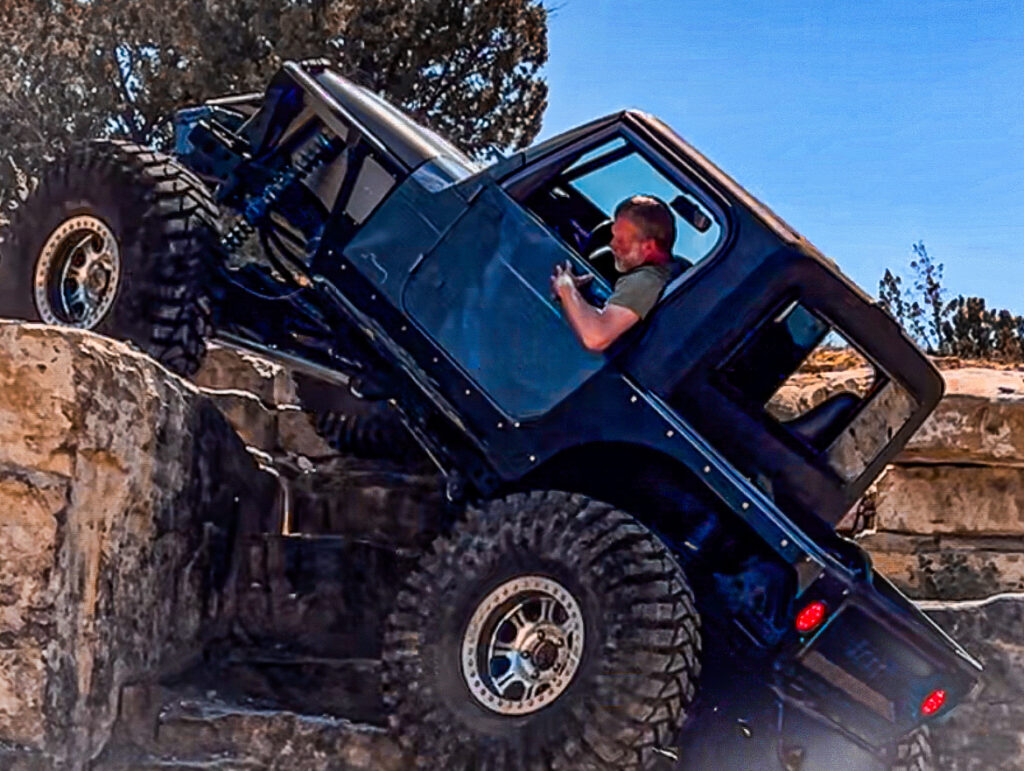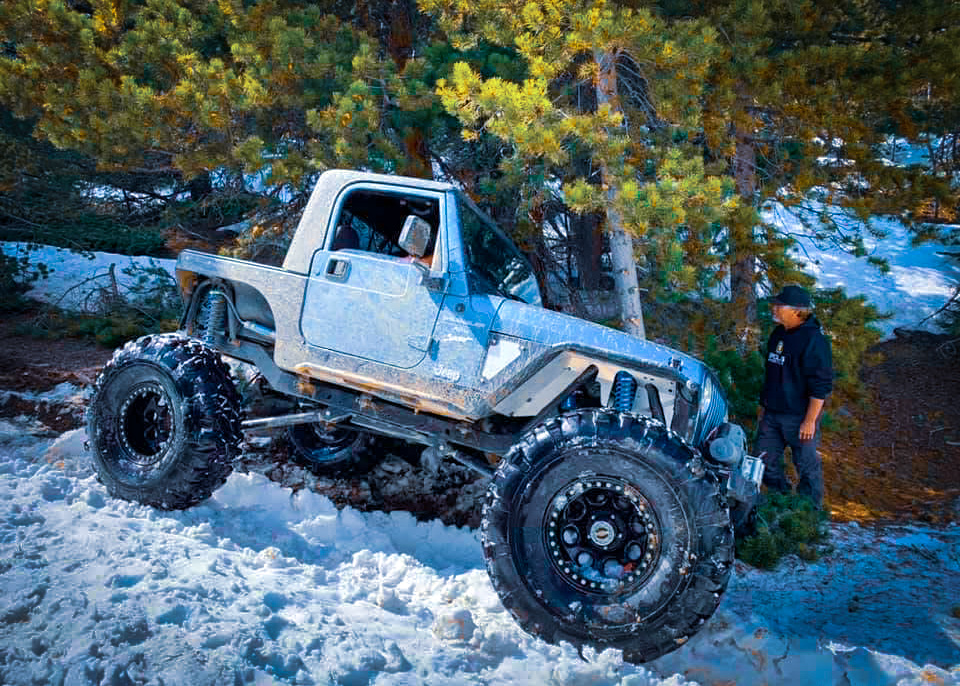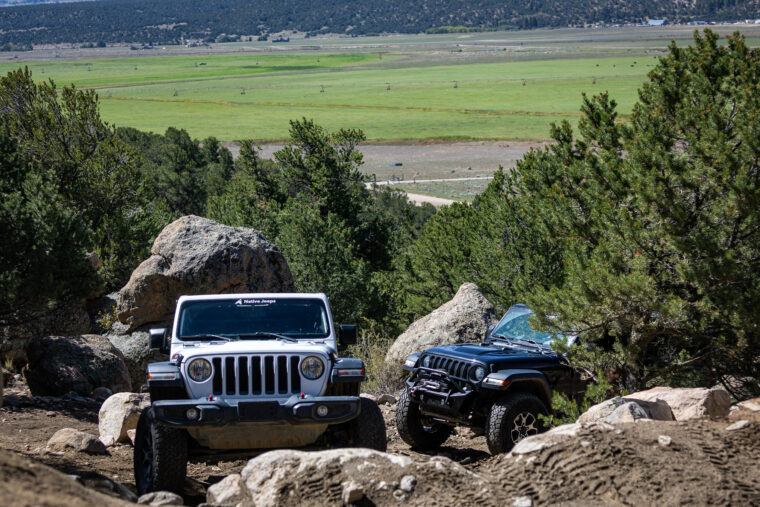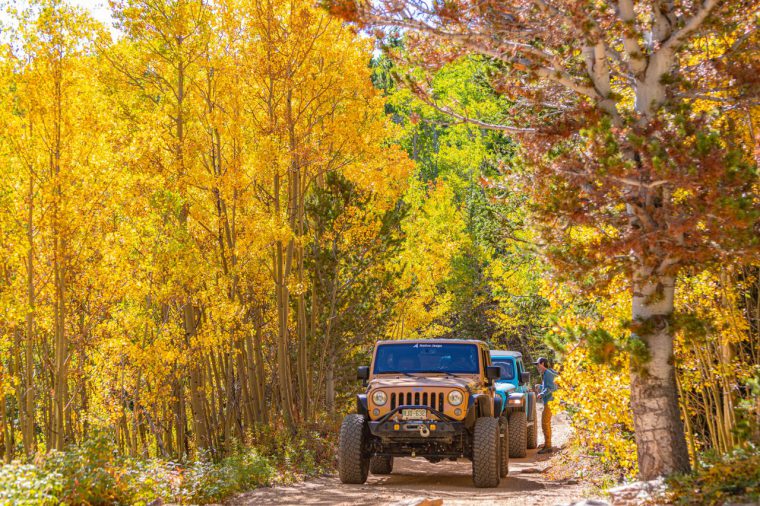Which Jeep is Best for You? Off-Road Edition

So, you’re thinking about buying a Jeep — but not just for getting groceries. You want something trail-ready, capable, and built for adventure.
With so many trims, builds, and opinions out there, it’s tough to figure out what Jeep to buy for off-roading, how much to modify it, and what that build will cost. Sure, a Jeep on 40s looks awesome — but drive it on I-70 and you’ll feel like you’re steering a cinder block at 65 mph.
The good news? There’s a Jeep for every kind of off-roader. The right one just depends on how far you want to go.
Step 1: Decide What Kind of Off-Roading You’ll Do
Before diving into trim levels and tire sizes, ask yourself:
Do I want a Jeep I can daily drive and take on weekend trails?
Do I want a dedicated trail rig for hard lines, rocks, snow, and deep mud — even if it’s not great on-road?
Will I be overlanding? Camping? Rock crawling? Or just cruising forest roads?
Your answers will shape everything — from trim level to lift height, tire size, and whether you actually need lockers.
Option 1: Best Jeep for Weekend Trails & Daily Driving
If your adventures include easy-to-moderate trails, off-road parks, camping trips, fishing getaways, and accessing remote trailheads — but you still need to commute comfortably — you don’t need a monster build.
What to Buy:
Wrangler Willys or Sahara
Gladiator Mojave or Willys (if you want more space or a truck bed)
Recommended Setup:
Tires: 33s or mild 35s
Lift: 1–2.5” max
Keep sway bars for stability and comfort
What to Avoid:
Giant tires & aggressive gearing (kills ride quality & MPG)
Expensive lockers or gears you’ll never use

Option 2: Best Jeep for Hardcore Off-Roading Builds
Dreaming of crawling boulders at Moab or tackling Colorado’s black diamond trails? Then forget road comfort — build for maximum capability.
What to Buy:
Wrangler Sport (base model) — cheaper, fewer electronics, and ideal for full custom builds
Plan to Add:
37–40” tires
4–6” lift
Aftermarket axles
Gears, lockers, cage, bumpers, winch, skid plates, beadlocks
Pro Tip: Avoid Rubicons for this build — you’ll be removing expensive factory parts you paid extra for.
What You Lose:
On-road comfort
Parking lot convenience
MPG, always

Option 3: Best Jeep for Balanced Trail + Street Driving
Most people land here — you want to tackle tougher trails but still drive home comfortably.
Best Choice:
Wrangler Rubicon — comes with lockers, sway bar disconnect, and Dana 44 axles
Optional Recon package with steel bumpers and factory gearing for larger tires
Recommended Setup:
Mild 2.5–3” lift with 35s or 37s
Add bumpers and a winch
Hold off on upgraded axles until you start breaking the factory ones
Why This Works:
Rubicons are pricey, but they’re trail-ready out of the box. You’ll save money vs. building a Sport to match its capabilities.

Final Thoughts: Choosing the Best Jeep for You
Everyone loves the look of a big Jeep on 40s with beadlocks. But if you’re mostly cruising forest roads with family, you don’t need to go full send.
Buy for the trails you’ll actually do.
Easy scenic routes? Keep it mild.
Hard-core crawling? Go all-in on capability.
Bonus Tip: Test a Jeep Before You Buy
Still unsure what Jeep to buy for off-roading?
Come take one of ours out on a guided YOU-drive tour. You’ll get hands-on experience with different setups, trail conditions, and features — and find the style that fits your adventure best.




